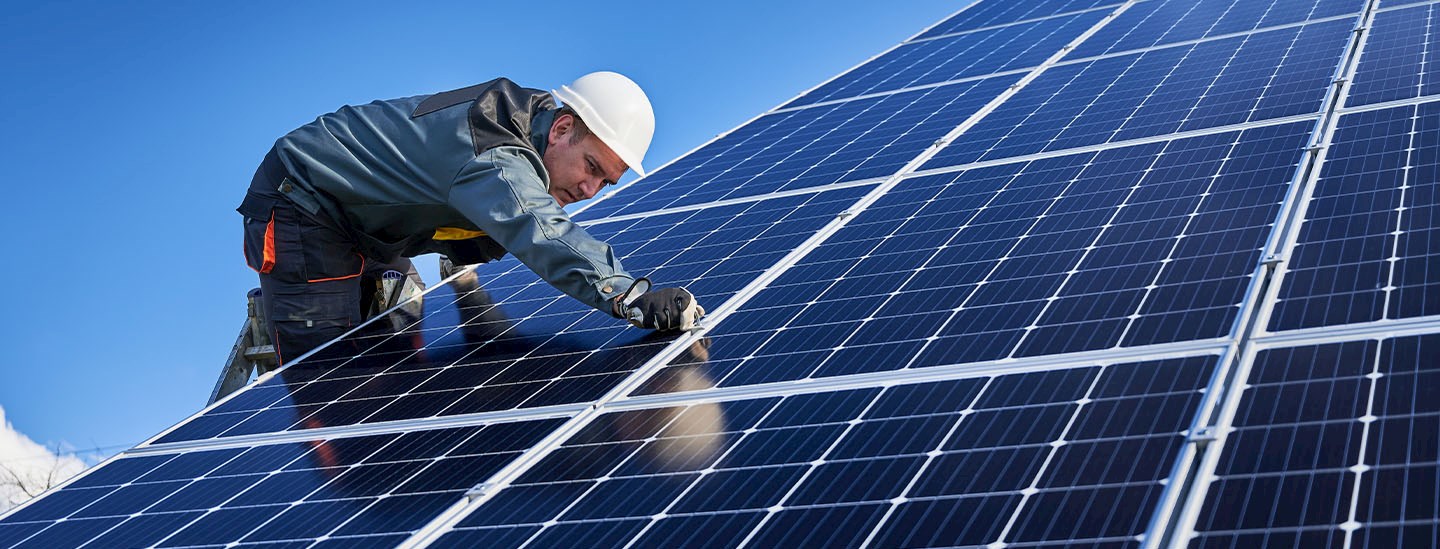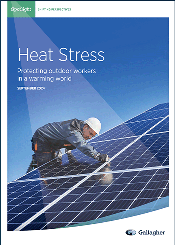Working in the open air is becoming increasingly perilous due to extreme heat and other climate-related threats. The burden of responsibility is shifting towards employers to implement the necessary protections.
This report delves into the implications of heat stress and air pollution for outdoor workers, highlighting the associated health risks, economic costs and strategies for mitigation.
Insights
- Heatwaves are becoming more common, intense and prolonged. Extreme heat is a major issue for outdoor workers in industries such as construction, agriculture, transportation and energy.
- The growing frequency of heatwaves feeds into the degradation of air quality as wildfires increase in both frequency and intensity, creating smoke particulates that trigger respiratory issues.
- Industries relying on outdoor labor will need to do more to adapt and protect their workers as heatwaves become more frequent.
- Protective equipment, air quality monitoring and wearable devices are some of the innovations that can keep workers safe.
- As well as being the right thing to do, a best practice approach to occupational health and safety protects people, property and corporate reputations.
Published September 2024



